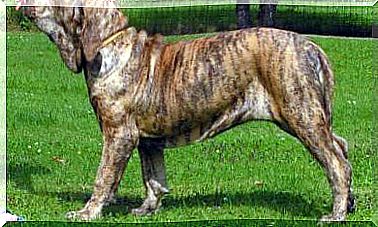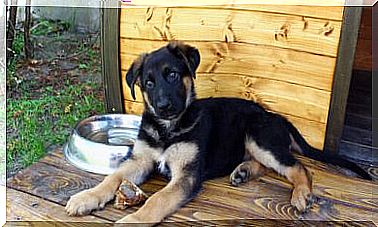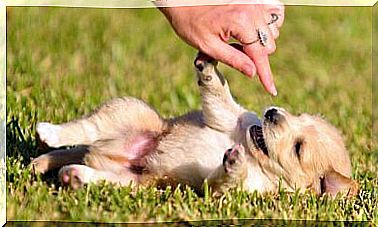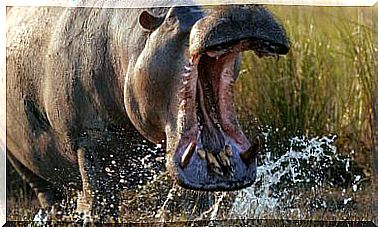The Life Of Police Dogs From Training To Retirement
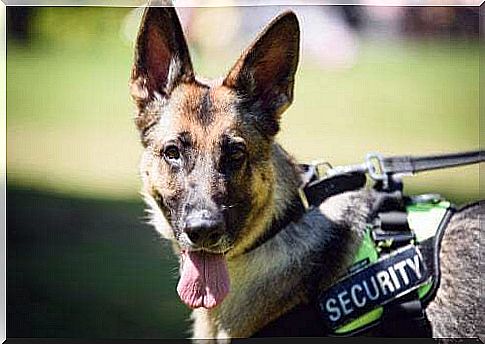
More than a century has passed since police dogs joined the security forces and special forces, performing functions in which the sense of smell is one of the main protagonists. In this article, we talk about the life of police dogs from training to retirement.
In 1899 the Belgian police conducted the first formal training of police dogs. After the success of this canine unit, other countries followed the Belgian model, until the figure of the “agent dog” became an international reality.
The life of police dogs can be divided into three stages: training, police service and retirement. The first two are characterized by the dog’s obedience and loyalty towards its instructor, while the last is distinguished by the integration of the animal in a house that is foreign to the rigid activity previously carried out.
The life of police dogs: training
When selecting a police dog, breeds such as the German Shepherd, the Belgian Shepherd or the Labrador are preferably chosen. Occasionally the beagle, the hound and the Dobermann have also been used.
Among the possible candidates, the agents carry out a first contact evaluation verifying their willingness to work and to obey orders. The animals chosen will begin their training around the first year of age, with socialization as a fundamental aspect.
Police dogs, before learning specific functions, need to get used to all kinds of environments, people and noises, and they also need to be able to pay attention to their instructor without getting confused.
The main training method is aimed at strengthening the animal’s sense of smell, through the search for an object and the subsequent reward after its discovery.
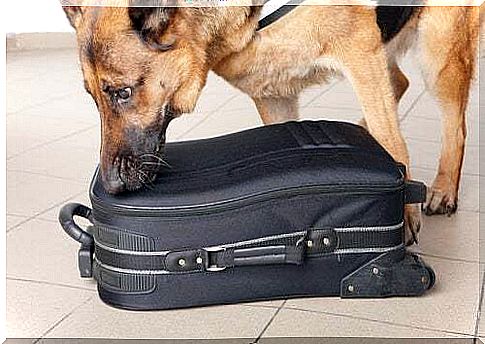
In addition to the importance of the role of the instructor, there are structures equipped with everything necessary to simulate risk situations. In them, dogs will be taught to detect the presence of drugs and to respond passively, indicating where the substances are, or actively, barking or biting wherever they are.
Rescuing people, searching for missing or suspicious people or locating explosives are some of the most important missions. Normally, each animal, based on its abilities and skills, specializes in a certain function. One of the most recent is the detection of counterfeit money, given the characteristic smell of the ink they contain.
When a police dog retires
Whether it is due to lack of fitness, illness or old age, at some point the police dog service has to end. Most of the time these animals are adopted by people outside the police activity. However, not all people can live with these animals.
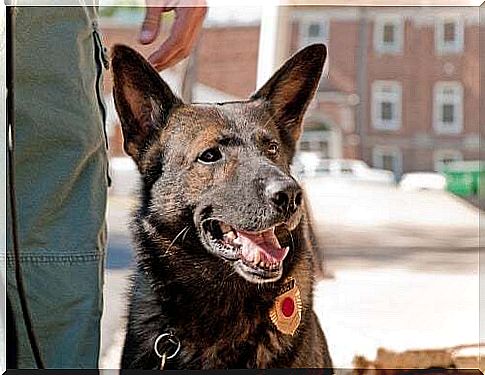
Organizations that carry out this type of adoption usually conduct tests and interviews with interested parties. In this way, the characteristics of future owners, the surrounding environment and the needs of the dog in question can be analyzed.
When it comes to welcoming these dogs, it is necessary to take into account the rigorous life trajectory they have taken. For this reason, it is necessary to know that, although they can distinguish themselves in obedience, they could adopt very particular behaviors rooted in their nature.
On the other hand, specimens that retire due to disease or lack of ability may require special care that is not always easy to provide.
In any case, the purpose of the adoption is to provide the animal with all the affection it has not been able to receive during its life as a police dog, and to make sure that it spends the rest of its days as pleasantly as possible. .

